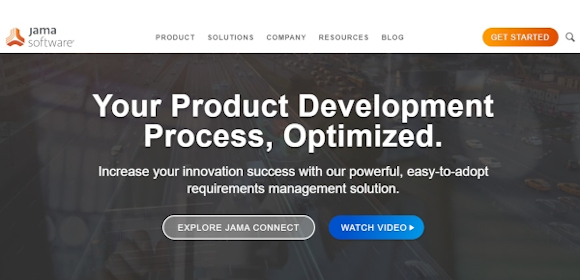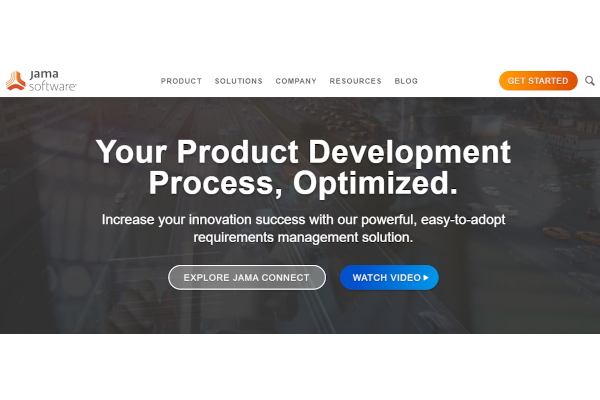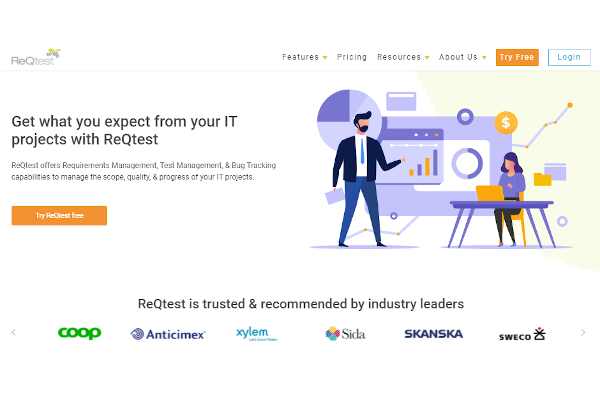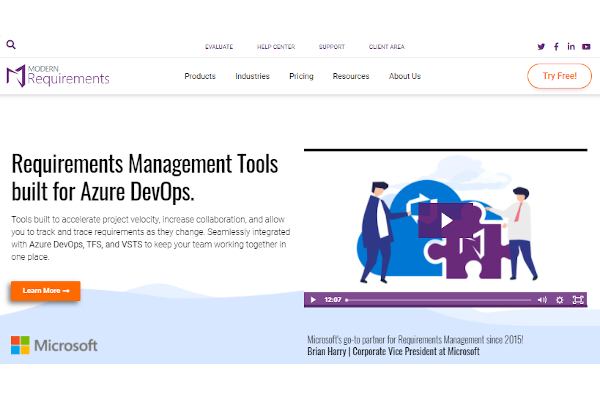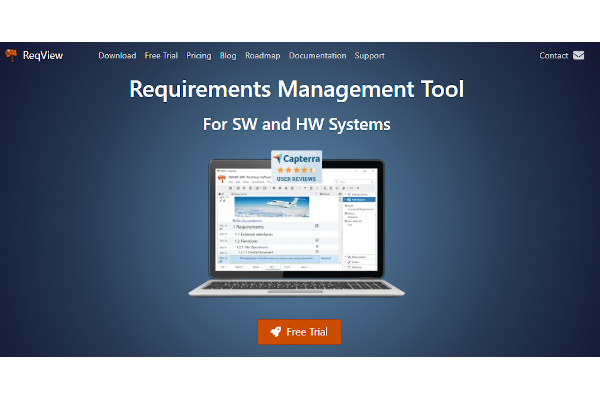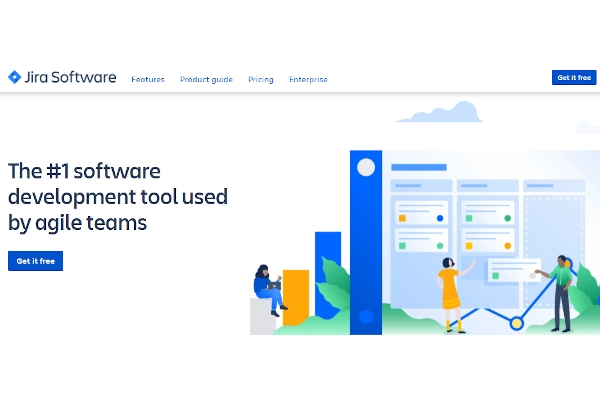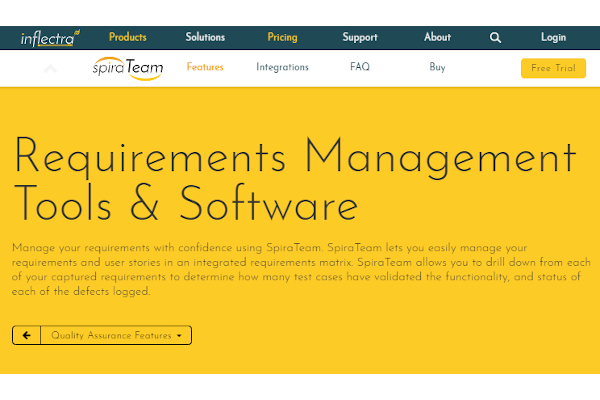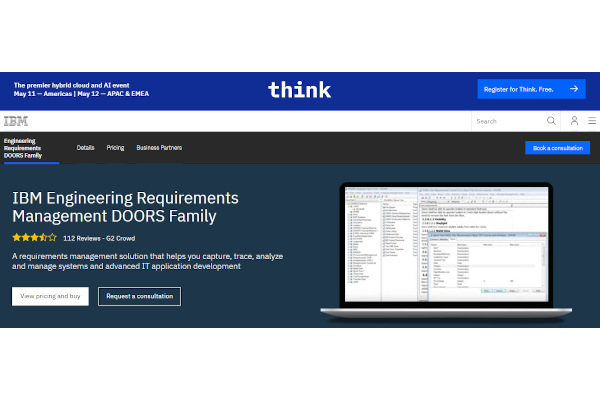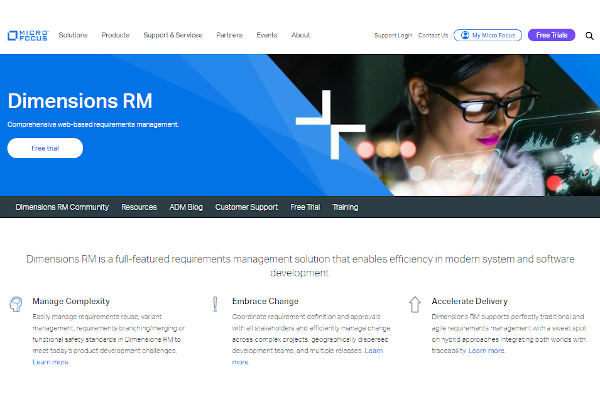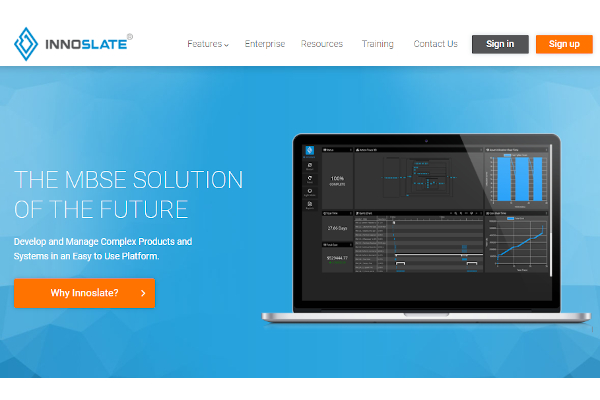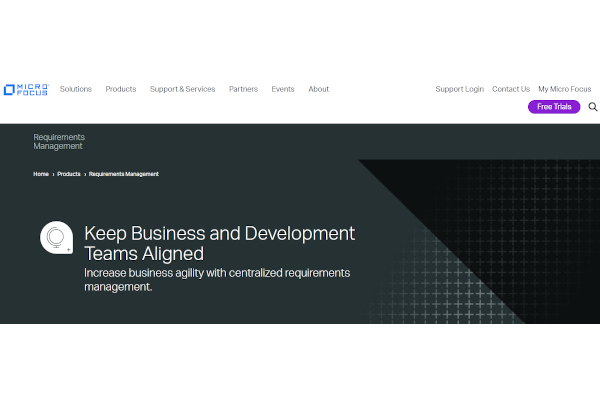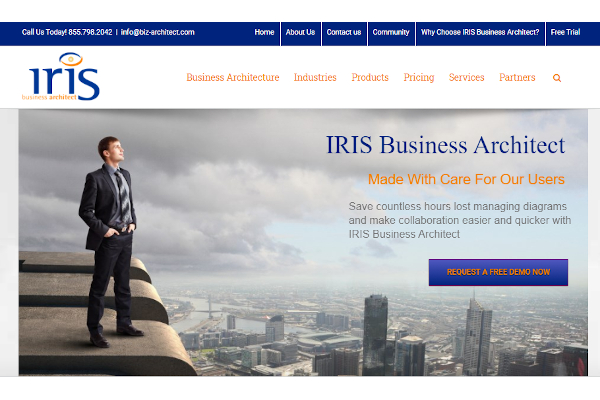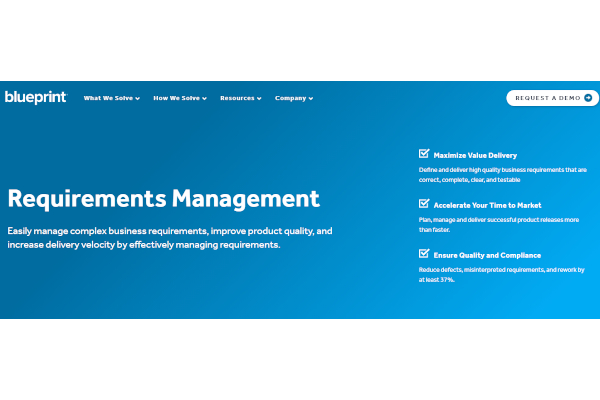Managing project specifications manually in word processors or spreadsheets can be time-consuming. When projects become more complicated, dealing with different versions of the same document and not having the right resources to communicate specifications can be difficult. Any company should have at least one robust tool for managing its software requirements. It can be as easy as writing requirements in a word document or as complicated as using requirements management software, depending on the scale of the software project.
11+ Requirements Management Software
1. JamaSoftware
2. Reqtest
3. Modern Requirements
4. ReqView
5. Jira
6. SpiraTeam
7. IBM Rational
8. Dimensions RM
9. Innoslate
10. Micro Focus Atlas
11. IRIS Business Architect
12. Blueprint
What Is a Requirements Management Software?
Every product is motivated by the needs of the company and its customers. Requirements are the terms used to describe specific needs and are a skill that can help you achieve your marketing plan. Also, it is the method of gathering, analyzing, refining, and prioritizing all of these requirements. The goal of requirements management software is to ensure that an organization’s clients, external and internal stakeholders’ needs are validated and met. Requirements management has its origins in systems engineering, but it can be used in various fields, including market research and project management.
Benefits
Improving the consistency of your specifications can significantly impact the results of your web development projects. It can avoid project failure, detect latent errors early, and minimize miscommunication. Creating and handling expressive and straightforward specifications can be a time-consuming and challenging challenge in today’s agile organizations. Here are some advantages you can get from requirements management tools:
- Documents are produced automatically.
- Build simulations quickly and easily.
- Tests are generated automatically.
- Integrate with tools for development and testing.
Features
Improving the consistency of your specifications can significantly impact the results of your software development projects. It can avoid project failure, detect latent errors early, and minimize. Traditionally, spreadsheets have been used to record specifications. However, there are a plethora of resources dedicated to handling requirements on the market today. This brings you to the list of essential features to consider when using requirement management software:
- Ease of entering requirements and defining attributes.
- Traceability is a condition for intuition.
- Customization of the tools.
Top 10 Requirement Management Software
1. JamaSoftware
Jama Software is the industry’s most comprehensive record-keeping and action-taking framework for product creation. Enterprises can use the company’s current specifications and knowledge management solution to reduce development time, minimize risk, reduce complexity, and ensure regulatory compliance.
2. Modern Requirements
Modern Requirement is a provider of lifecycle subscription management services. It is committed to assisting clients in efficiently defining, managing, and collaborating on specifications and managing projects over their life cycles, minimizing time to market and enhancing project efficiency.
3. Reqview
ReqView is a simple requirements management tool that allows you to capture standardized requirements for software or system products while still maintaining traceability between product requirements, design, tests, and risks.
4. Jira
Jira Software is part of a suite of tools for managing work in teams of all sizes. Jira has developed into a powerful work management tool for various applications, ranging from requirements and test case management to agile software development.
5. SpiraTeam
SpiraTeam is a leading application lifecycle management system that allows you to handle all of your updates, tests, specifications, problems, and tasks in one place. With this method, you can manage the progress of your project and the software testing lifecycle.
6. IBM Rational
IBM Rational Functional Tester is a functional and software testing tool that is automated. This software allows for active, regression, GUI, and data-driven testing to be automated. It can run a variety of applications, including web-based ones.
7. Dimensions RM
Dimensions RM is a customer relationship management application that features a role-based dashboard informing users about their status and progress reports. The program highlights the most critical key performance indicators and metrics, such as approval status, iterations on specifications, and orphaned requirements.
8. Innoslate
Innoslate provides a complete lifecycle solution for model-based systems engineering, requirements management, verification, validation, and DoDAF, built on a robust ontology.
9. Micro Focus Atlas
A comprehensive log management solution that simplifies compliance improves log search efficiency and provides reliable, cost-effective log analysis—a data framework built for the future that turns data chaos into security insight.
10. IRIS Business Architect
IRIS Business Architect is a dependable and inexpensive Business & Enterprise Architecture collaborative browser-based platform that helps you create roadmaps for anything from strategic business planning to agile IT delivery. IRIS Business Architect is available as a cloud or on-premise solution.
FAQs
What are the benefits of using requirement management tools?
This enterprise-grade method allows you to accurately capture and communicate specifications, priorities, progress, and interdependencies throughout the development phase. It will enable you to coordinate stakeholders in hardware, firmware, and document creation, boost performance, handle change, and demonstrate compliance.
What is the concept of requirement lifecycle management?
The field of expertise Prerequisites Business Analysts develop criteria and designs during their work, and Life Cycle Management ensures that they are handled and maintained. Also traced, prioritized, and accepted are the standards and procedures.
What are the characteristics of successful requirements?
A reasonable requirement specifies what is required, verifiable, and attainable. It is not a good prerequisite if it is not needed, even if it is verifiable, feasible, and eloquently written. A successful requirement should be specified explicitly.
Implementing requirements management software improves results and is critical to the overall success of a project. However, to deliver reliable and high-quality products, the company should establish a standard requirements management process. It’s also important that top management and executives understand the benefits of a requirements management process inside an enterprise to have a successful business.
Related Posts
10+ Best Chemical Software for Windows, Mac, Android 2022
12+ Best Vulnerability Scanner Software for Windows, Mac, Android 2022
4+ Best Bundled Pay Management Software for Windows, Mac, Android 2022
10+ Best Trust Accounting Software for Windows, Mac, Android 2022
10+ Best Patient Portal Software for Windows, Mac, Android 2022
13+ Best Virtual Reality (VR) Software for Windows, Mac, Android 2022
12+ Best Bed and Breakfast Software for Windows, Mac, Android 2022
15+ Best Resort Management Software for Windows, Mac, Android 2022
14+ Best Hotel Channel Management Software for Windows, Mac, Android 2022
12+ Best Social Media Monitoring Software for Windows, Mac, Android 2022
10+ Best Transport Management Software for Windows, Mac, Android 2022
10+ Best Other Marketing Software for Windows, Mac, Android 2022
10+ Best Top Sales Enablement Software for Windows, Mac, Android 2022
8+ Best Industry Business Intelligence Software for Windows, Mac, Android 2022
10+ Best Insurance Agency Software for Windows, Mac, Android 2022
